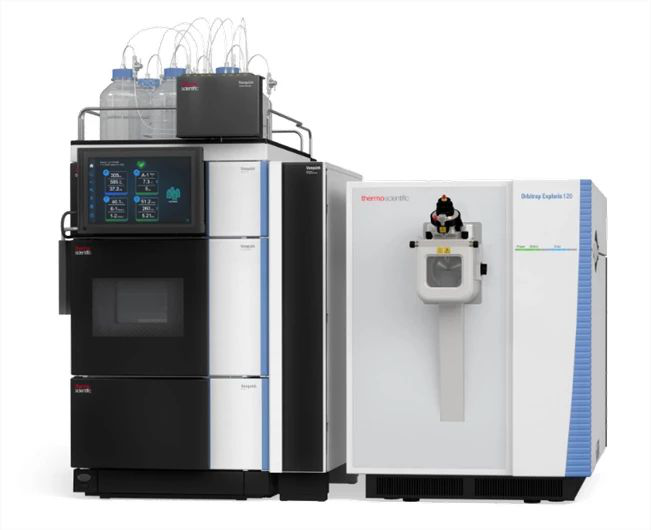Abstract
The Antarctic icefish, a family (Channichthyidae) of teleosts within the perciform suborder Notothenioidei, are the only known vertebrates without oxygen‐transporting haemoglobins and that are largely devoid of circulating erythrocytes. To elucidate the evo‐devo mechanisms underpinning the suppressed erythropoiesis in the icefish, we conducted comparative studies on the transcriptomes and microRNA omes of the primary haematopoietic tissues between an icefish (Chionodraco hamatus ) and two red‐blooded notothenioids (Trematomus bernacchii and Gymnodraco acuticeps ). We identified substantial remodelling of the haematopoietic programs in the icefish through which erythropoiesis is selectively suppressed. Experimental verification showed that erythropoietic suppression in the icefish may be attributable to the upregulation of TGF ‐β signalling, which coincides with reductions in multiple transcription factors essential for erythropoiesis and the upregulation of hundreds of microRNA s, the majority (> 80%) of which potentially target erythropoiesis regulating factors. Of the six microRNA s selected for verification, three miRNA s (miR‐152, miR‐1388 and miR‐16b) demonstrated suppressive functions on GATA 1 and ALAS 2, which are two factors important for erythroid differentiation, resulting in reduced numbers of erythroids in microinjected zebra fish embryos. Codon substitution analyses of the genes of the TGF ‐β superfamily revealed signs of positive selection in TGF ‐ β1 and endoglin in the lineages leading to Antarctic notothenioids. Both genes are previously known to function in erythropoietic suppression. These findings implied a general trend of erythropoietic suppression in the cold‐adapted notothenioid lineages through evolutionary modulation of the multi‐functional TGF ‐β signalling pathway. This trend is more pronounced in the haemoglobin‐less icefish, which may pre‐emptively hinder the otherwise defective erythroids from production.




















